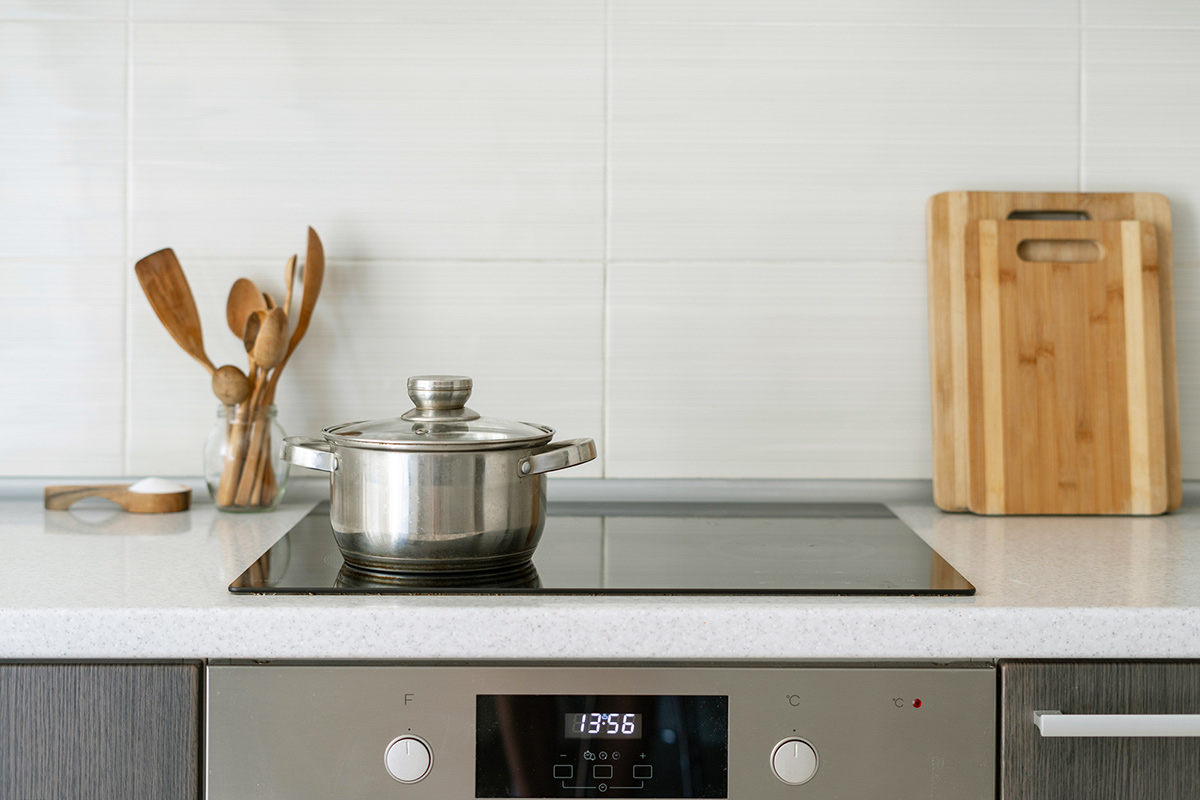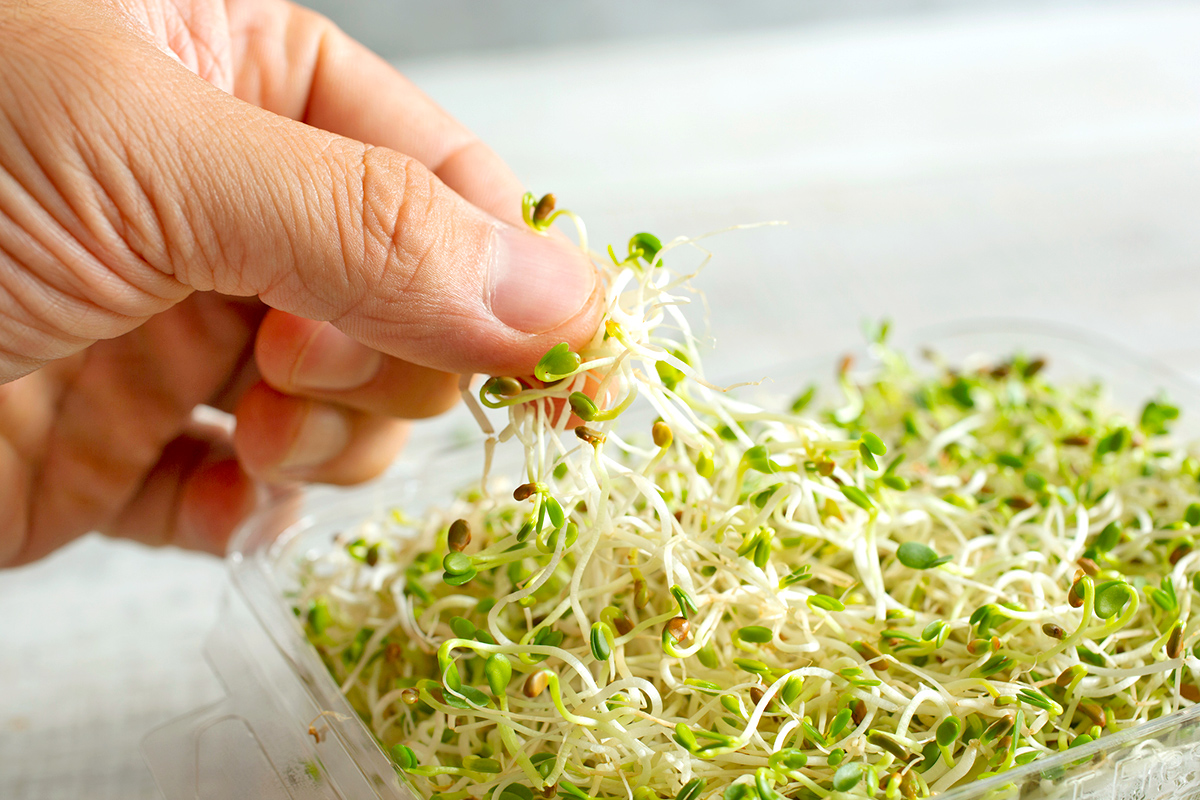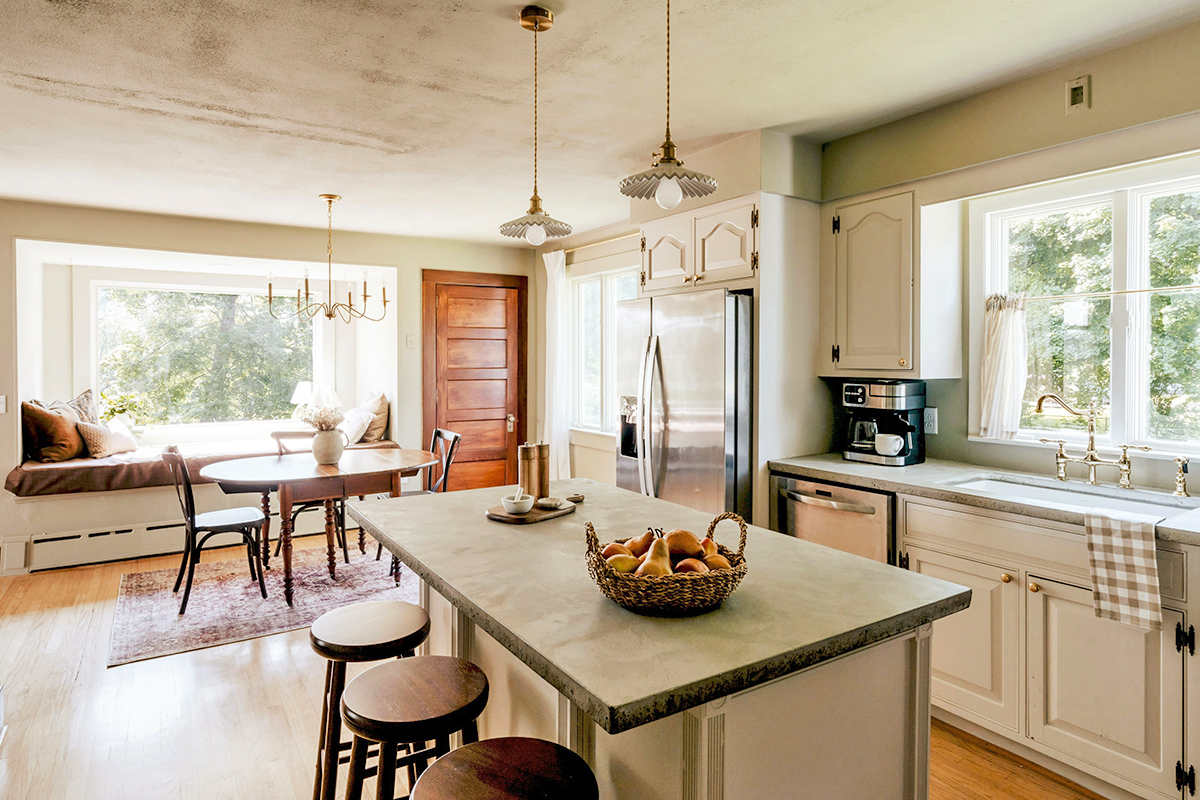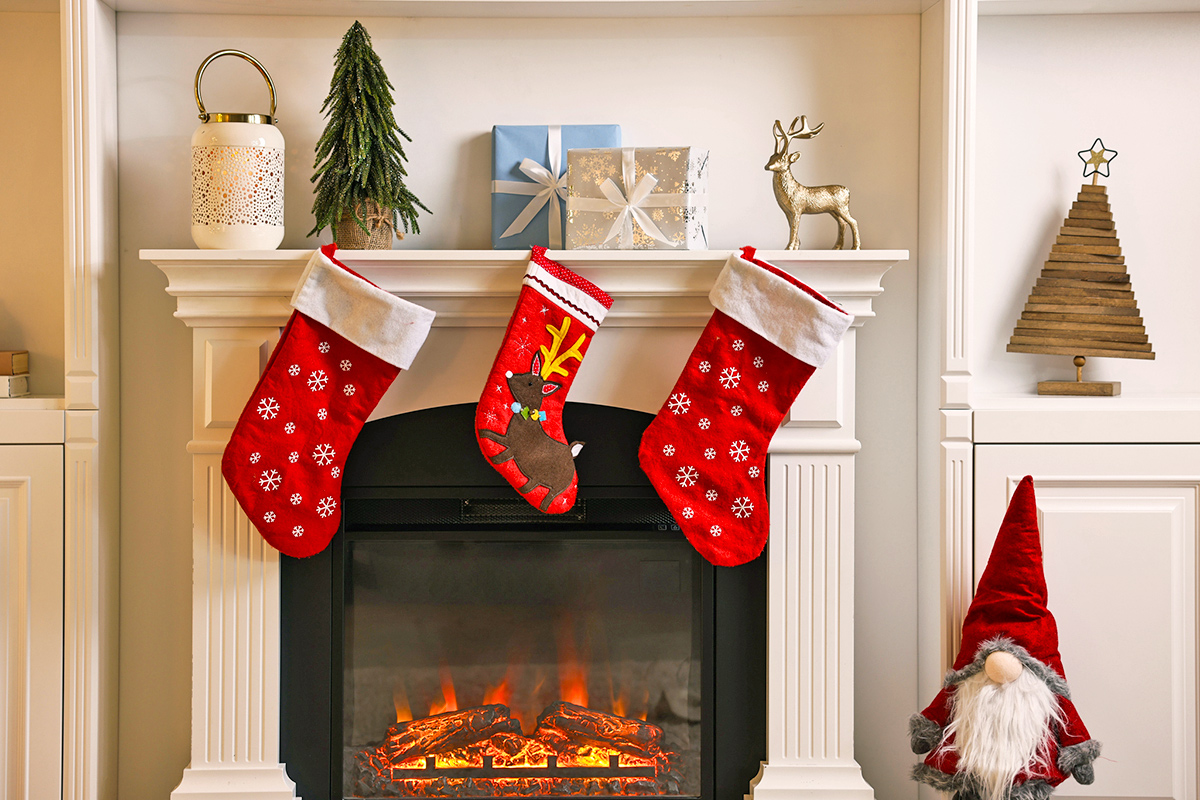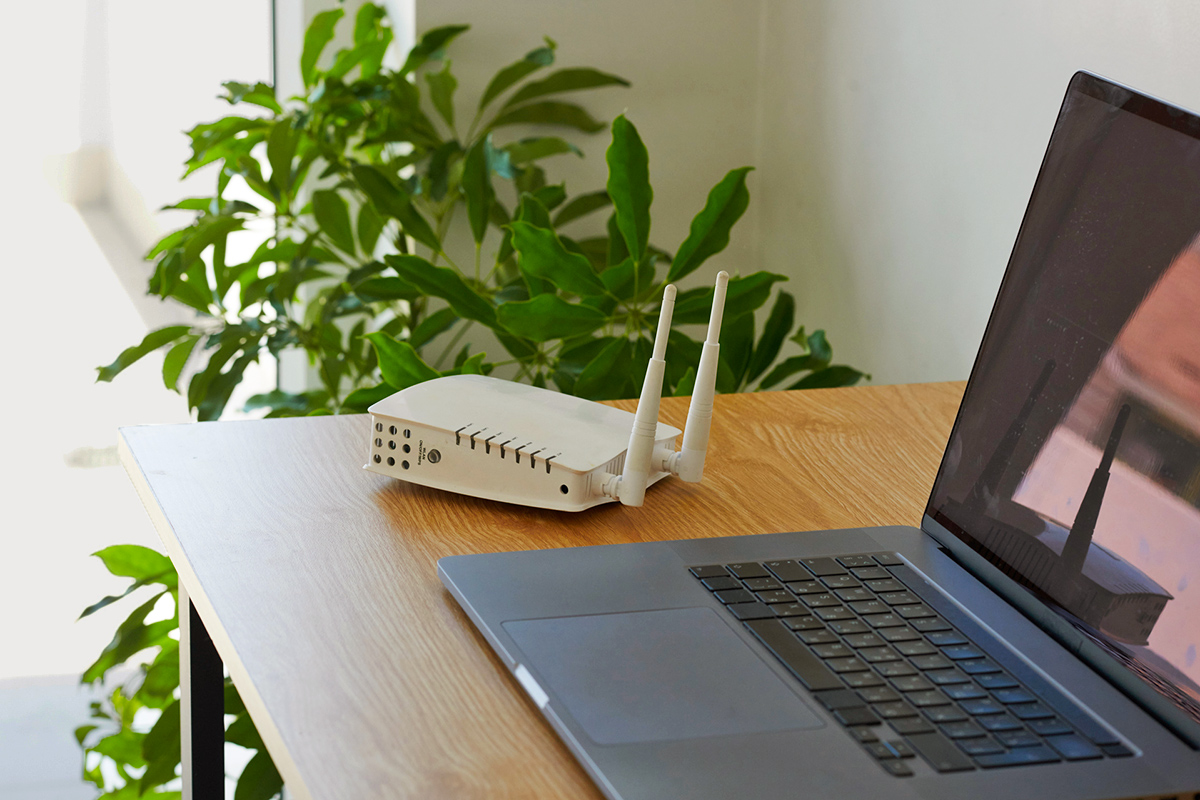Unless you’re stomping on glass at a traditional Jewish wedding or seeing “Stone Cold” Steve Austin make his entrance at a wrestling show, the sound of breaking glass is rarely a good omen. This is especially true in the kitchen, which is home to many glass objects that can be easily damaged. One prime example…
Let’s Blow the Lid Off This Hack
Let’s say you’re making rice in a saucepan and take the lid off to check if it’s done. You might be inclined to rest the hot lid elsewhere on the stovetop — but wait! This is where you could run into trouble.
Placing the steaming lid face-down onto the glass can lead to major complications for two reasons. First, heat can get trapped between the lid and the glass, creating a strong vacuum seal. When you try to lift the lid, the force of the suction could cause the glass to crack or even shatter, leaving you with an unusable stovetop.
Another risk is thermal shock. This can occur if you put a hot lid directly onto the cold glass stovetop. Your stovetop is designed to heat up slowly, but the sudden temperature change from the lid can cause the glass to expand or contract too quickly. This can also lead to a broken stovetop, which will cost you a pretty penny to fix.
More from our network
House Outlook is part of Inbox Studio, which publishes content that uplifts, informs, and inspires.
So, What Should You Do Instead?
While this issue isn’t guaranteed to happen, it’s not a risk worth taking, especially when you consider how simple the alternatives are. One option is to rest the lid on a more durable surface that isn’t prone to cracking, such as inside the kitchen sink. (Stainless steel, cast iron, and natural stone sinks are your safest bets; porcelain sinks may also be susceptible to thermal shock.)
Alternatively, you can place the hot lid down on a trivet or cutting board. A heat-resistant silicone mat is a great option when you’re cooking with multiple pots and pans — place it on the stovetop or countertop, and you can safely rest hot lids, utensils, or other cookware on it without fear of damaging the fragile surface underneath.
Ventilation holes are a common feature on many tempered glass lids. However, the presence of a ventilation hole does nothing to prevent thermal shock. While it can reduce the chance of a vacuum seal, that possibility is not completely out of the question.









